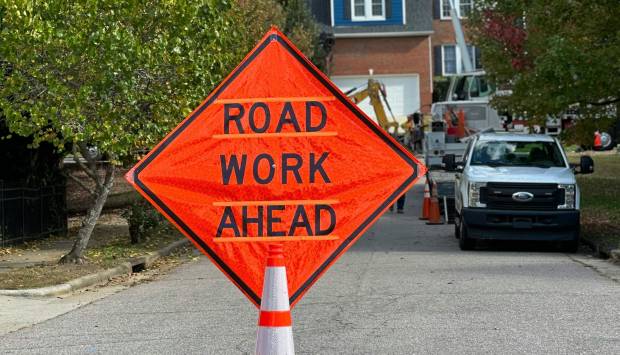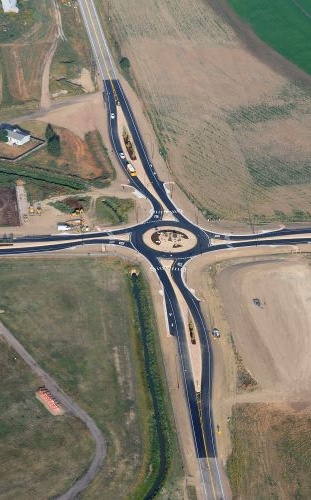Right-of-Way (ROW) – A right-of-way construction (utilities) permit is required whenever work is proposed on a county-maintained road (either mainline or subdivision), Public Improvement District (PID) road or within public rights-of-way but outside the roadway platform.
Access (Driveway) - An access permit is required whenever a new access is proposed, an existing access is upgraded (paving, new culvert, etc), or a change in use of an existing access (i.e., changing a field access to a residential access, etc.) is requested on a county maintained (either mainline or subdivision) or Public Improvement District (PID) road.
Special Transport/Annual Special Transport – A special transportation permit is required when legal limits are exceeded for any given vehicle dimension, loaded or unloaded, traveling on roads in public rights-of-way or that will directly affect the traveling public in Larimer County. An annual special transportation permit may be issued for fleet or heavy agricultural hauls. These permits are issued for travel on roads in unincorporated Larimer County only.
Private Road Construction – A private road construction permit promotes a pro-active approach to development of rural properties with the intent to insure property rights are respected and resulting roads and excavations are safe. A private road construction permit is required on any new private road serving more than one residential property.
The above permits are available for submittal through our on-line portal.
Development Construction Permit (DCP) – A development construction permit is required in order to coordinate the construction process of development related improvements in Larimer County and assure adequate completion of all improvements required to serve the project. The permit is also used to administer the warranty period and eventual release of warranty collateral. The permit is typically filled out and submitted during a DCP coordination meeting.
Special Event Permit - A special event permit is required when an event (race, ride, walk, party, etc.) that may affect a Larimer County road or other County property that requires changing, restricting, or adapting the normal use of the road or property.




